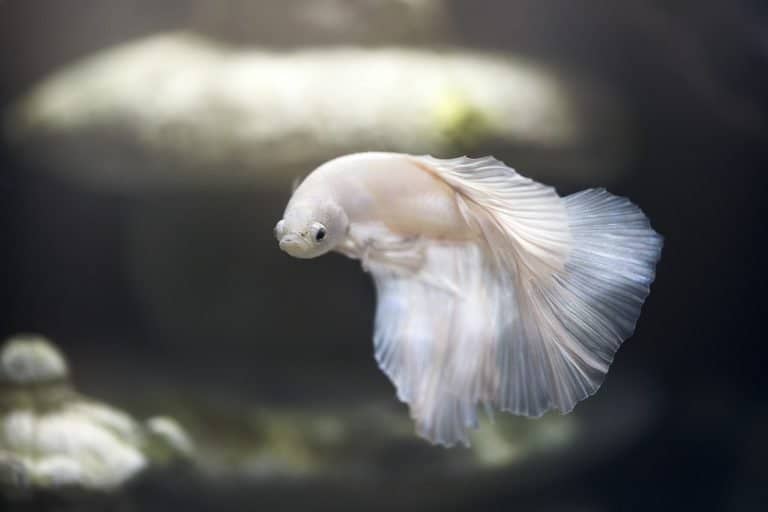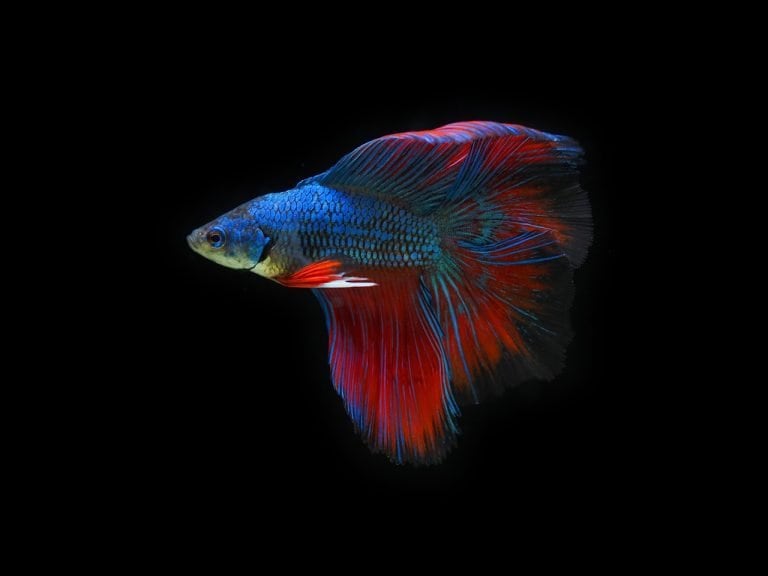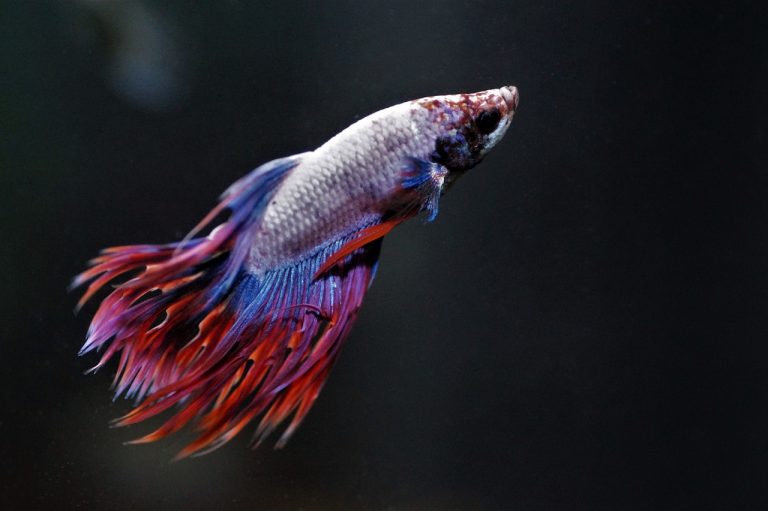Betta fish, known for their vibrant colors and dynamic fin displays, are among the most popular aquatic pets. However, they are not immune to stress, which can significantly diminish their quality of life. Recognizing signs of stress in these sentient creatures is essential for ensuring their well-being and freedom to thrive.
Symptoms such as lethargy, loss of appetite, faded colors, and abnormal swimming patterns often indicate that a Betta fish is experiencing discomfort.
Addressing these stressors involves a multifaceted approach, including the careful design of their habitat to mimic a natural environment, diet and nutrition optimization, and vigilant monitoring.
This guide aims to provide Betta fish enthusiasts with the knowledge necessary to identify stress and implement solutions that honor the independence and health of their aquatic companions.
Key Takeaways
- Lethargy, loss of appetite, faded colors, and abnormal swimming patterns are common symptoms of stress in betta fish.
- Abrupt environmental changes, inadequate tank size, overcrowding, and insufficient hiding spaces can trigger stress in betta fish.
- Creating a calm habitat with natural or silk plants, appropriate tank size, dim lighting, and stable water parameters can help reduce stress in betta fish.
- Adjusting the diet and nutrition by implementing a regular feeding schedule, introducing high-quality pellets or flakes, supplementing with live or frozen prey, and monitoring feeding frequency can also help alleviate stress in betta fish.
Identifying Stress Symptoms
Several distinct symptoms can indicate stress in betta fish, which require careful observation by aquarists to ensure their pets’ well-being.
Notably, the manifestation of ‘stress stripes,’ or horizontal lines, often signifies heightened distress levels in these creatures. These chromatic changes are a result of fluctuating hormones related to stress responses.
Additionally, ‘fin clamping,’ a condition where a betta holds its fins close to the body rather than fanning them out, can be a visual cue to the onset of stress. Scientific scrutiny suggests that these alterations in appearance are critical indicators of adverse environmental or social factors affecting the betta’s homeostasis.
Timely recognition and remediation of stressors are essential to restore equilibrium and safeguard the health of these aquatic organisms.
Common Stress Triggers
Understanding the common stress triggers in betta fish is crucial, as numerous environmental and social factors can contribute to their distress. By pinpointing these triggers, aquarists can create conditions that allow betta fish to thrive in captivity, free from undue stress.
The following list delineates some of the primary stressors that should be attentively managed:
- Abrupt environmental changes, including significant fluctuations in water temperature or pH levels
- Inadequate tank size that restricts natural swimming behavior and exploration
- Overcrowding or inappropriate tank mates leading to territorial disputes and aggression
- Insufficient hiding spaces or lack of environmental enrichment in the aquarium
- Excessive noise or vibrations from external sources that can disrupt the tranquil habitat of betta fish
Creating a Calm Habitat
A well-designed aquarium that caters to the specific needs of betta fish is a fundamental step in creating a calm habitat and reducing stress. Scientific research suggests that an environment with appropriate aquarium decor and controlled lighting levels is essential for the well-being of these aquatic creatures. Betta fish thrive in settings that mimic their natural habitat, which includes plants and hiding spaces that offer security and freedom from constant exposure.
| Feature | Description | Impact on Betta Fish |
|---|---|---|
| Aquarium Decor | Natural or silk plants, caves | Provides hiding spots |
| Tank Size | Minimum 5 gallons | Prevents confinement |
| Lighting Levels | Dim, cycle-mimicking illumination | Reduces visual stress |
| Water Parameters | Stable temperature and pH | Prevents physiological stress |
Carefully balancing these elements promotes a serene environment, conducive to the health and longevity of betta fish.
Diet and Nutrition Adjustments
Regarding dietary needs, precise and balanced nutrition is critical in mitigating stress and promoting the overall health of betta fish. Optimizing the diet of a betta involves understanding not only what to feed but also how often, ensuring that feeding frequency supports their digestive system without leading to overfeeding and consequent stress.
Nutritional supplements can play a pivotal role in bolstering their health, providing essential vitamins and minerals that might be lacking in their primary diet.
Consider these dietary adjustments for stress reduction:
- Implement a regular feeding schedule to establish routine
- Introduce high-quality pellets or flakes as a staple
- Supplement with live or frozen prey for protein variety
- Include nutritional supplements to fill dietary gaps
- Monitor feeding frequency to prevent overfeeding and obesity
Adherence to these guidelines will contribute to a stress-free environment, fostering a sense of freedom and well-being for betta fish.
Monitoring and Prevention Strategies
In the realm of betta fish care, proactive monitoring and prevention strategies are essential to identifying stress early and maintaining a healthy aquarium environment. Vigilant observation of stress indicators and behavioral changes can alert aquarists to potential issues before they escalate. Implementing systematic checks can prevent the onset of stress-related symptoms.
| Monitoring Aspect | Frequency |
|---|---|
| Water quality tests | Weekly |
| Temperature checks | Daily |
| Behavioral observations | Daily |
| Aquarium cleanliness | As needed |
| Diet and feeding | With each feeding |




